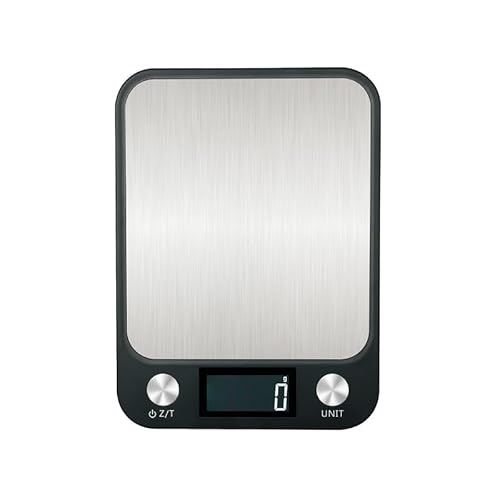I looked it up and found a curriculum for New Zealand science education document in pdf. It mentions soap as part of the learning process in 3 different areas. I am impressed!
It's old as you can see from the forward, but I remain impressed.
It's old as you can see from the forward, but I remain impressed.
FOREWORD
This curriculum statement replaces the syllabuses Science Syllabus and Guide: Primary to Standard Four (1980), Science for Forms One and Two (1961), Science for Forms Three and Four (1968 ), and Science Draft Syllabus and Guide: Forms 1 to 4 (1978 ). It builds on New Zealand research and curriculum development in science education, and provides the basis for science programmes in schools from year 1 to year 13; that is, from junior classes to form 2 in primary schools and from form 3 to form 7 in secondary schools.
The Minister of Education requested the redevelopment of the science curriculum in 1991, as part of a broad initiative aimed at improving primary and secondary school student achievement. The development process involved a small project team and a number of reference groups. A science advisory group provided guidance at key stages of the project. [end quote]
Here's a link if you want to read through it: https://nzcurriculum.tki.org.nz/con...um.pdf#tkibar-Science curriculum pdf-0-link_2












































